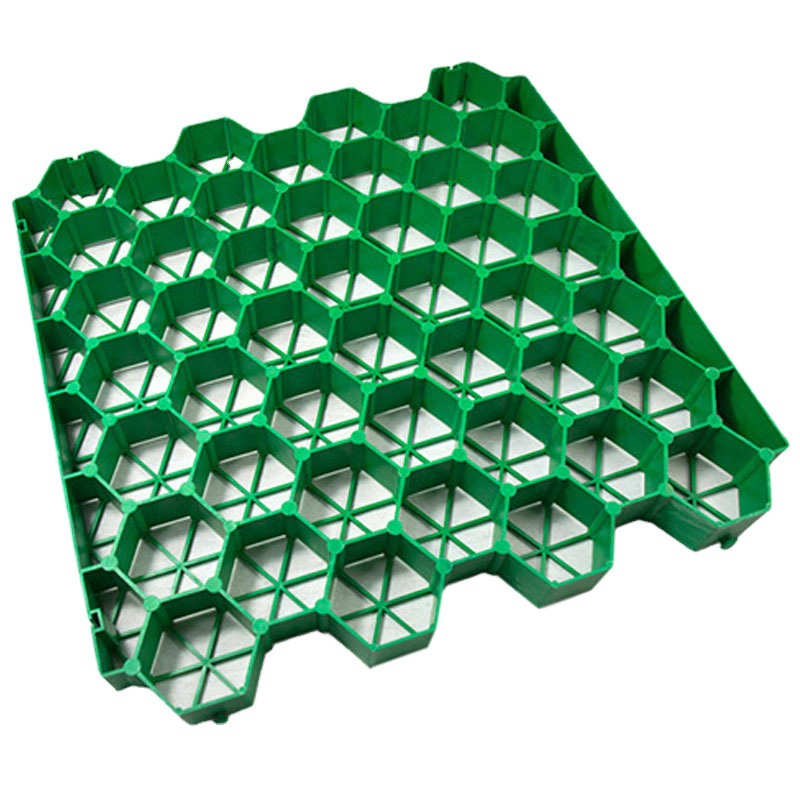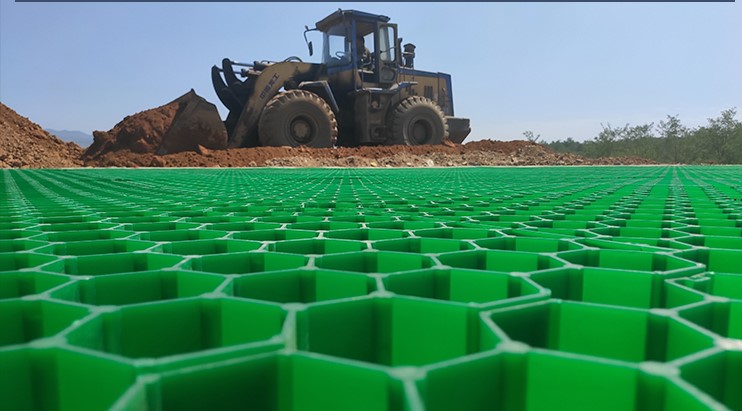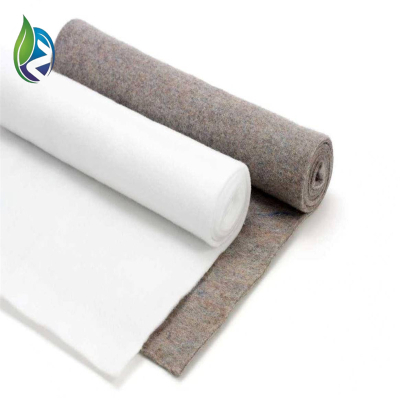Grass Reinforcement Grids
1.High greening rate.
2.Greening and parking Spaces are combined to save costs.
3.High strength and durability, and it can provide good air permeability for plants.
4.Strong load-bearing capacity, and it can retain water for plants.
If you’re searching for a durable, eco-friendly, and visually appealing solution to reinforce grassy surfaces, grass reinforcement grids should be at the top of your list. These innovative systems combine the strength of traditional paving with the natural beauty of grass — all while promoting water permeability and reducing runoff.
In this comprehensive guide, we’ll break down what grass reinforcement grids are, how they work, where to use them, and what users are saying. Whether you're a landscape architect, a homeowner upgrading your driveway, or a contractor managing a green infrastructure project — read on.
What Are Grass Reinforcement Grids?
Grass reinforcement grids are high-strength plastic or composite grid systems designed to stabilize grassed areas while supporting light to heavy vehicle traffic. They are typically filled with soil and grass seed, allowing vegetation to grow through the open grid structure while distributing weight loads effectively.
? Quick Insight: Grass reinforcement grids are often made from recycled HDPE or polypropylene, making them both strong and sustainable.
Key Benefits of Grass Reinforcement Grids
Using grass reinforcement grids offers a variety of environmental and practical advantages:
✅ Load Bearing Strength: Ideal for driveways, parking lots, and emergency access roads. Can support up to 250 tons/m² depending on the product.
✅ Water Permeability: Promotes natural drainage, reducing the need for stormwater infrastructure.
✅ Erosion Control: Prevents soil erosion in sloped or high-traffic grassy areas.
✅ Sustainable Landscaping: Encourages root growth and healthy turf while lowering carbon footprint.
✅ Low Maintenance: UV-stable, weather-resistant, and requires little upkeep once installed.
Popular Applications of Grass Reinforcement Grids
Wondering where you can use grass reinforcement grids? Here are some real-world applications:
? Residential Driveways: A green alternative to asphalt or concrete that blends seamlessly into your landscape.
?️ Overflow Parking Areas: Especially for event venues, golf courses, and stadiums where temporary parking is needed without damaging lawns.
? Fire Access Lanes: Combines accessibility with a natural appearance.
?️ Parks and Trails: Maintains natural ground aesthetics while supporting foot and bike traffic.
?️ Road Shoulders and Medians: Adds stability and reduces maintenance costs on road edges.
Installation: Simple Yet Strategic
Installing grass reinforcement grids is more straightforward than many think:
Excavate & Prepare Base: Dig to the required depth and create a compacted sub-base.
Lay the Grids: Connect grids edge-to-edge using interlocking mechanisms.
Infill & Seed: Fill with soil or gravel, then seed with grass or lay turf.
Water & Monitor: Water thoroughly to encourage root establishment. Light traffic is allowed once grass is established (usually 4–6 weeks).
? Pro Tip: For areas expecting heavy vehicles, add a geotextile membrane beneath the grid to enhance sub-base stability.
User Reviews and Testimonials
?️ “We installed grass reinforcement grids on our sloped driveway, and they’ve held up beautifully through two rainy seasons. It’s sturdy, green, and blends right into our garden.”
— Emily R., Landscape Enthusiast, OR
?️ “Perfect solution for overflow parking at our wedding venue. Guests don’t even notice they’re parking on reinforced grass!”
— David M., Event Space Owner, TX
?️ “I was skeptical at first, but these grids completely eliminated mud ruts on our property. Installation was surprisingly DIY-friendly.”
— Luis T., Homesteader, GA
Frequently Asked Questions (FAQs)
Q1: Will grass grow through the grids naturally?
A: Yes! If filled with quality topsoil and seeded properly, grass will grow through the openings, creating a lush, green surface.
Q2: Can they handle regular car traffic?
A: Absolutely. Most grass reinforcement grids are designed for regular and even heavy vehicular traffic — just make sure to choose a grid with the appropriate load rating.
Q3: Are grass grids better than gravel grids?
A: It depends on the aesthetic and function you want. Grass grids offer a greener, cooler surface and are great for blending into natural environments, while gravel grids are more suited for drier climates or purely functional spaces.
Where to Buy Quality Grass Reinforcement Grids?
When purchasing grass reinforcement grids, consider these buying tips:
✅ Check the Load Rating: Ensure it fits your usage (residential, commercial, or emergency vehicle access).
✅ Look for Recycled Content: Eco-conscious grids made from recycled plastic are widely available.
✅ Confirm UV and Weather Resistance: Especially important for open, sun-exposed areas.
✅ Read Customer Reviews: Peer feedback can highlight ease of installation and durability.
? Did You Know? Many top-rated suppliers offer free project consultation and bulk pricing for large landscaping jobs.
Final Thoughts
Whether you’re improving a driveway, adding overflow parking, or creating a more sustainable landscape, grass reinforcement grids offer a perfect balance between strength, drainage, and beauty. They help preserve green space while meeting functional needs — a rare combination in modern hardscaping.
Have a question about which grid is right for your project? Drop it in the comments or send us a message — we’re here to help!











